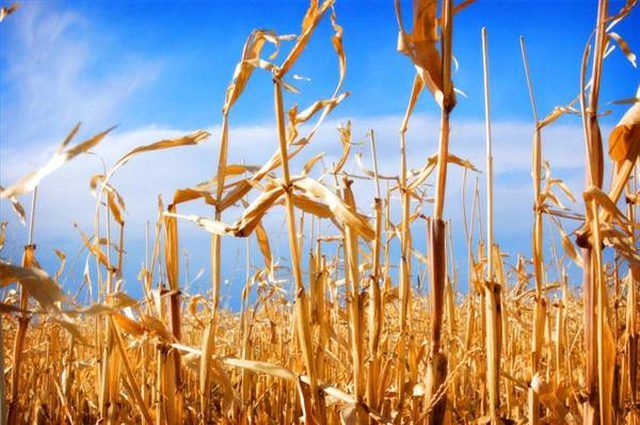Bulbs
Flower Basics
Flower Beds & Specialty Gardens
Flower Garden
Garden Furniture
Garden Gnomes
Garden Seeds
Garden Sheds
Garden Statues
Garden Tools & Supplies
Gardening Basics
Green & Organic
Groundcovers & Vines
Growing Annuals
Growing Basil
Growing Beans
Growing Berries
Growing Blueberries
Growing Cactus
Growing Corn
Growing Cotton
Growing Edibles
Growing Flowers
Growing Garlic
Growing Grapes
Growing Grass
Growing Herbs
Growing Jasmine
Growing Mint
Growing Mushrooms
Orchids
Growing Peanuts
Growing Perennials
Growing Plants
Growing Rosemary
Growing Roses
Growing Strawberries
Growing Sunflowers
Growing Thyme
Growing Tomatoes
Growing Tulips
Growing Vegetables
Herb Basics
Herb Garden
Indoor Growing
Landscaping Basics
Landscaping Patios
Landscaping Plants
Landscaping Shrubs
Landscaping Trees
Landscaping Walks & Pathways
Lawn Basics
Lawn Maintenance
Lawn Mowers
Lawn Ornaments
Lawn Planting
Lawn Tools
Outdoor Growing
Overall Landscape Planning
Pests, Weeds & Problems
Plant Basics
Rock Garden
Rose Garden
Shrubs
Soil
Specialty Gardens
Trees
Vegetable Garden
Yard Maintenance
How to Harvest Popcorn
How to Harvest Popcorn. According to the Encyclopedia of Junk Food and Fast Food, popcorn has been one of the most popular snacks in the United States since the mid-1800s. It has everything going for it---it's easy to grow, easy to prepare, tastes great. When eaten without all the unhealthy additives, it's also very healthy. One way to make sure...

According to the Encyclopedia of Junk Food and Fast Food, popcorn has been one of the most popular snacks in the United States since the mid-1800s. It has everything going for it---it's easy to grow, easy to prepare, tastes great. When eaten without all the unhealthy additives, it's also very healthy.
One way to make sure that the popcorn you serve your family is healthy and fresh is to grow it yourself. Growing popcorn is just as easy as growing sweet corn, but the harvesting process is a little bit different.
Things You'll Need
Canvas tarp
Mesh bags
Gloves (optional)
Dry Popcorn for Storage
Pick popcorn when the stalks are dried out. If you have an accurate way to test moisture content, you can time it more precisely. The University of Wisconsin Extension Service suggests harvesting popcorn ears by hand anytime after it reaches 35% moisture and before the first hard frost.
Check to see if the popcorn is ready for harvest by stripping the husks from a sample or two. The kernels should be hard and nearly dry. If the corn appears ready, pick the corn, then strip away the dried husks.
Cure the corn in a warm dry place for four to six weeks. There are a number of methods to finish curing popcorn after harvest. The easiest way is to cover concrete floor with a canvas tarp and spread the popcorn ears in a single layer over the tarp. A popular alternative method is to place the popcorn ears in a mesh bag or nylon stockings and hang them from the rafters of a warm, dry attic or garage room.
Store dried ears in mesh bags hanging in a root cellar or other cool, dry place if you prefer to store the dried ears whole. Popcorn will keep for years under those conditions
Remove Popcorn Kernels from the Ears
Wearing gloves to protect your hands, grasp the ear of popcorn firmly at each end.
Twist your hands in opposite directions until the dried kernels begin to pop off. Once the kernels have started falling off, they'll come off easily.
Remove any remaining kernels by rubbing your hands up and down the ear of popcorn.
Pop immediately or store your popcorn in airtight jars until you're ready to pop it. It will remain fresh for months stored this way.
Tips & Warnings
If popcorn is too dry, it won't pop well. You can sprinkle the kernels with a little water, close the jar and let it sit for a day or two, then try again.